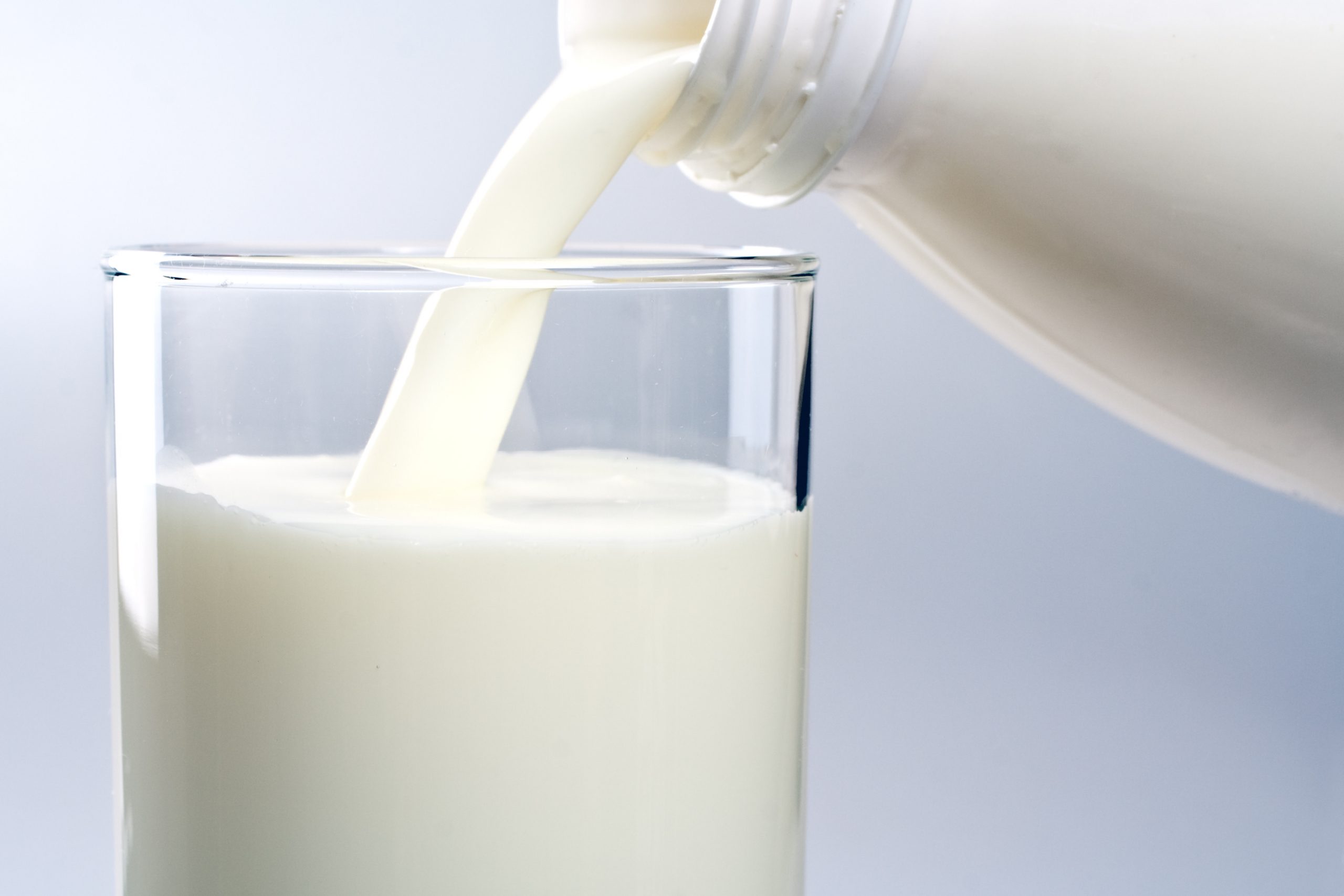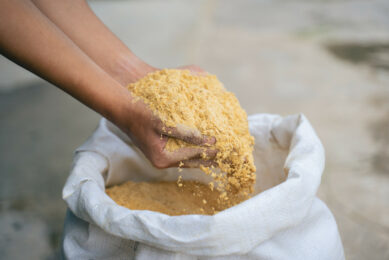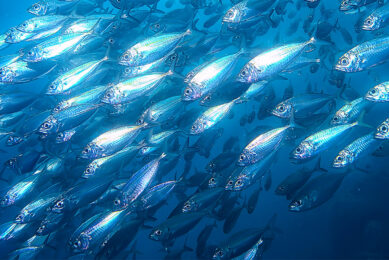Nutrition and its effect on milk composition

Many factors that can affect milk composition and therefore the quality of the milk. Along with environmental and genetic considerations, nutrition also plays an important role for the milk composition.
The original article, published by Dairy Global, explains that cows ferment the complete ration in the forestomach with the help of billions of microbes. The different fermentation products from those microbes determine the composition of the milk, including milk protein, milk lactose and milk fat.
High milk protein and fat concentrations
There are different ways to support high milk protein and fat concentrations, such as maximising feed intake (if needed supported by feed additives), feeding a well-balanced diets and feeding adequate amounts of nutrients. Also important is to monitor diet composition, to harvest and / or buy high quality forage and to use silage inoculants to improve forage quality. Maximising feed intake is the most important factor for improving and stabilising the milk protein and fat content.
Beneficial bacteria
Certain feed additives are able to support maximum feed intake, such as autolysed yeast to increase the number of beneficial bacteria. The beneficial bacteria stabilise the rumen environment (increase the pH) and improve the digestibility of the ration and fibre fractions. This mode of action improves the energy/nutrient supply over a better feed intake, therefore increasing the milk yield, milk fat, and milk protein content.
Read the full article here.











